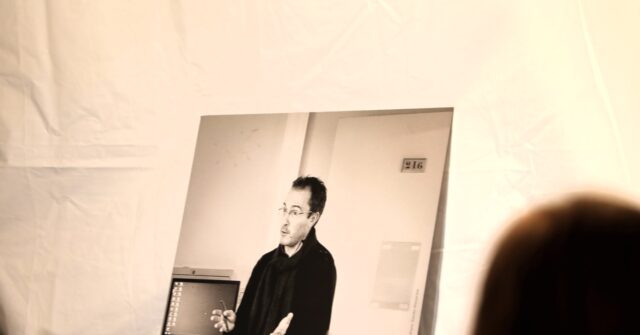The Islamist group Hayat Tahrir al-Sham (HTS), which played a pivotal role in the recent upheaval against the Assad regime in Syria, has been linked to the notorious beheading of French teacher Samuel Paty. This association raises questions about the claims made by HTS leader Mohammed al-Joulani regarding the organization’s supposed moderation since its inception as an offshoot of al-Qaeda. In 2020, Paty was brutally killed in a Paris suburb after he showed his students a caricature of the Islamic prophet Mohammed during a class on freedom of expression, leading to accusations of blasphemy and triggering extreme violence.
The beheading incident underscores the troubling connections between HTS and extremist actions in Europe. According to a report from Le Parisien shortly after Paty’s murder, the Chechen attacker Abdoullakh Anzorov sent a chilling Instagram message that included a photograph of Paty’s severed head, declaring: “I beheaded the teacher, now I’m going to wage jihad in France.” This gruesome act was swiftly met with police intervention, resulting in Anzorov being shot dead shortly after his attack.
Further investigations revealed that Anzorov had links to Faruq Shami, a Tajik national who presented himself as an independent journalist in Syria but was later identified by French anti-terror police as having a significant role in HTS’s media operations and jihadist propaganda. Shami reportedly communicated regularly with radicalized Muslims in France, facilitating a network that blurred the lines between active jihadist operations and distant sympathizers abroad. Anzorov, who had immigrated to France as a refugee, was even in contact with a Syrian sniper affiliated with HTS prior to his attack, highlighting a direct connection between the group and impending acts of violence against perceived blasphemers.
Notably, just days before the beheading, Anzorov voiced support for HTS on his Snapchat account, expressing admiration for their activities in Idlib and asserting that membership in the group was desirable. This comment demonstrated a conscious alignment with HTS ideology, despite attempts by HTS representatives to distance the organization from Anzorov’s actions. When questioned about Anzorov’s affiliations, an HTS spokesman responded evasively, refusing to condemn the murder and rather placing the blame on French President Macron for allegedly provoking Muslims through his rhetoric on Islam.
As discussions regarding HTS’s designation as a terrorist entity unfold, both the Biden administration in the United States and the Labour Party government in the UK are contemplating the removal of HTS from their terrorist lists. While the European Union currently does not engage with HTS or its leadership, a Commission spokesperson acknowledged the necessity of assessing HTS’s actions alongside their stated intentions as the group evolves. The situation poses a complicated dilemma for policymakers, as they must balance the potential for evolving group dynamics against the grave implications of past associations with extremist acts such as the beheading of Samuel Paty.
In summary, the complex interplay between Hayat Tahrir al-Sham’s past, its alleged moderation, and its potential implications for global security reflects ongoing tensions surrounding Islamist extremism and the challenges faced by Western governments in addressing the consequences of radicalization. As connections draw tighter between transnational jihadist organizations and local acts of violence, the urgency for a coherent response from international communities becomes increasingly vital to prevent further atrocities.

